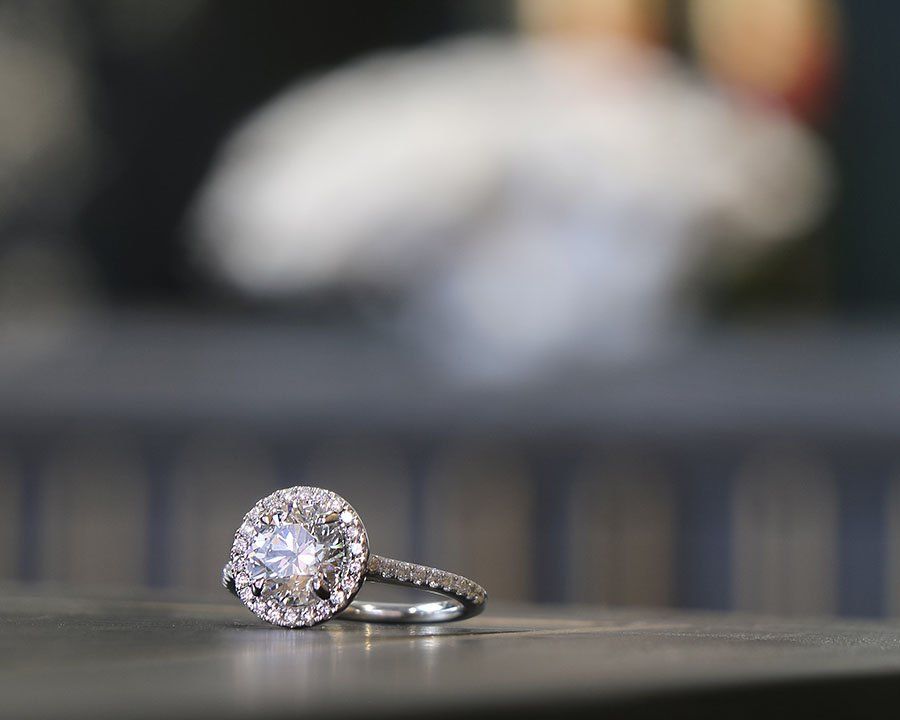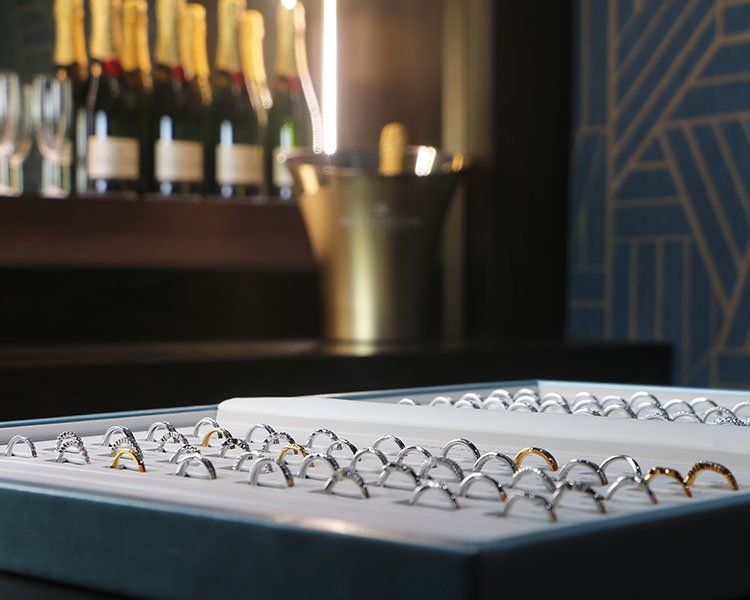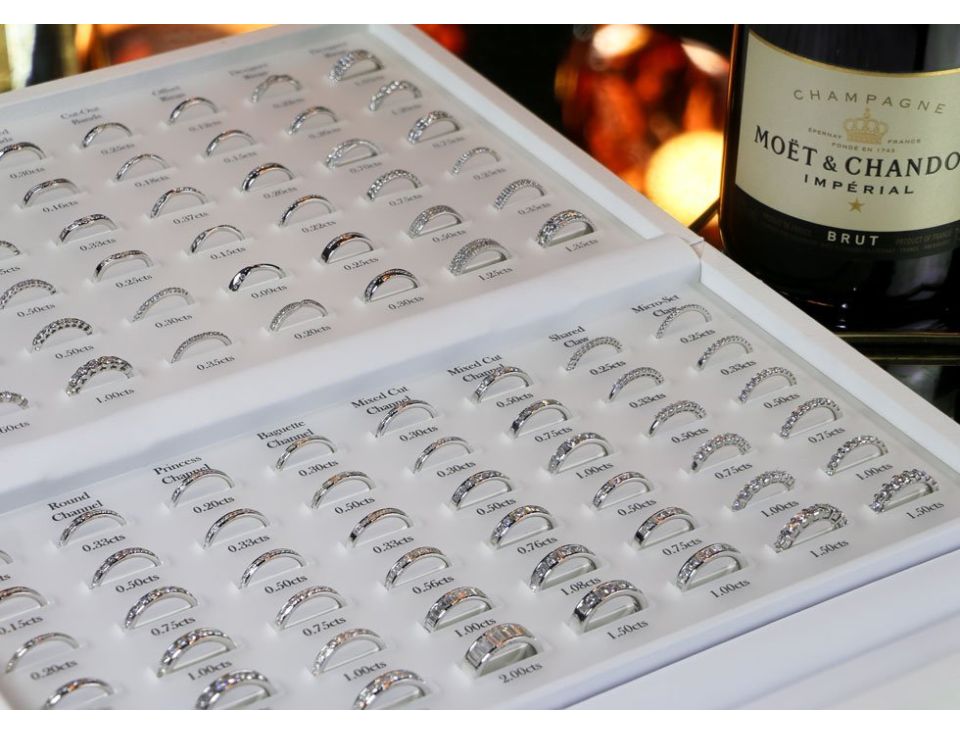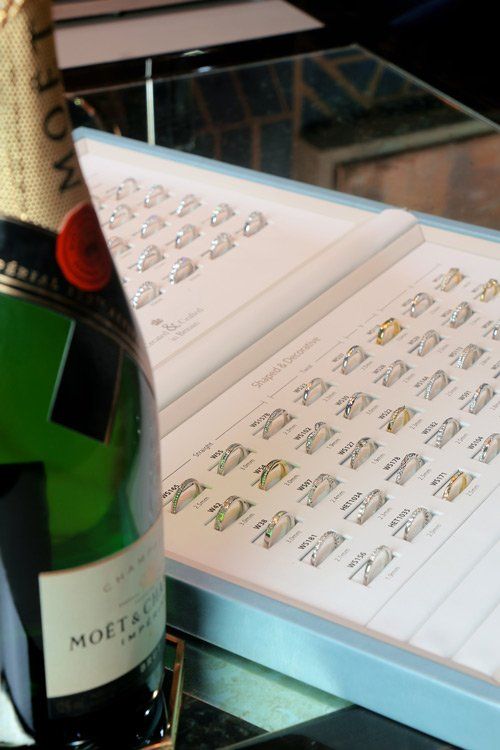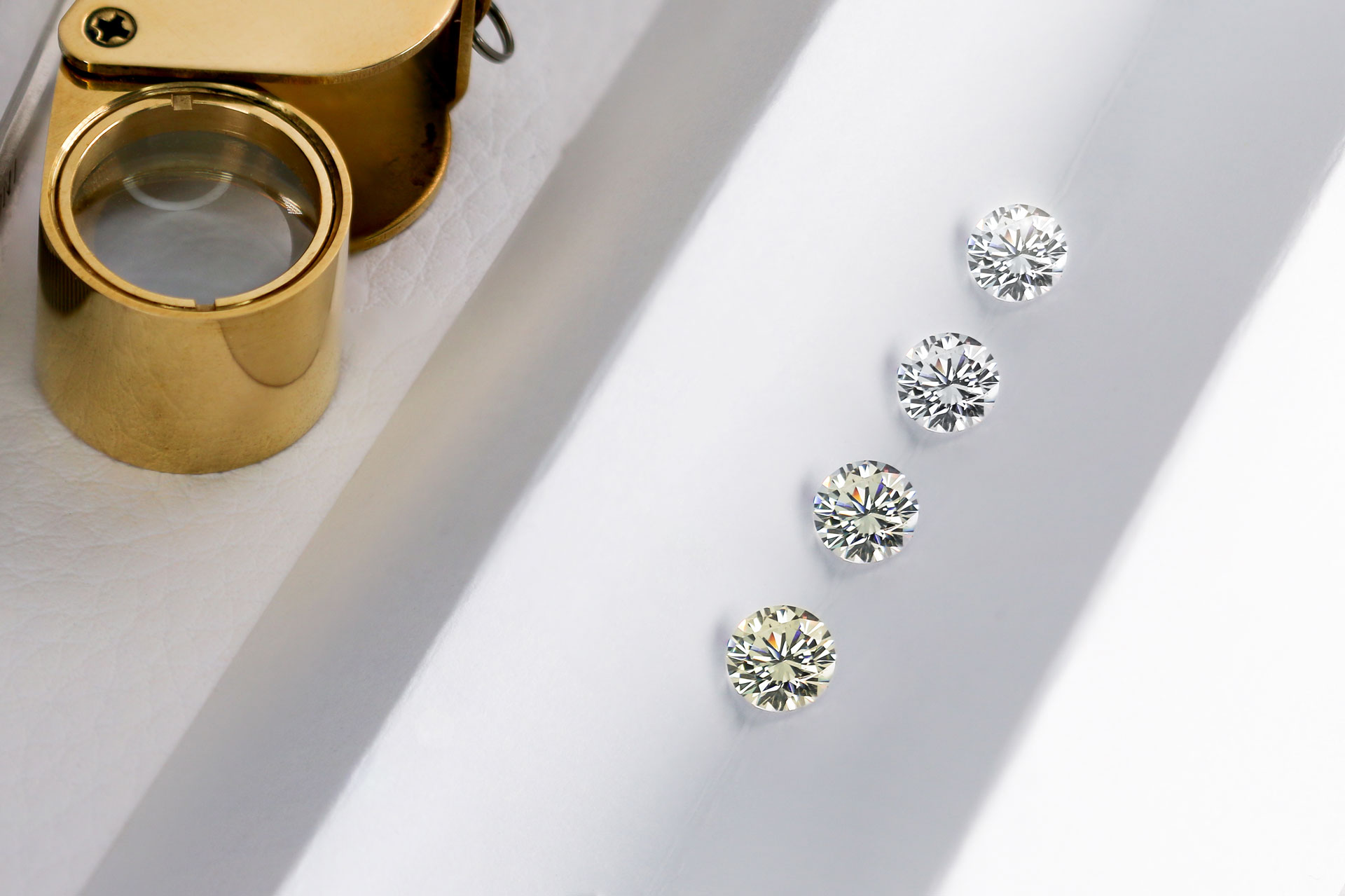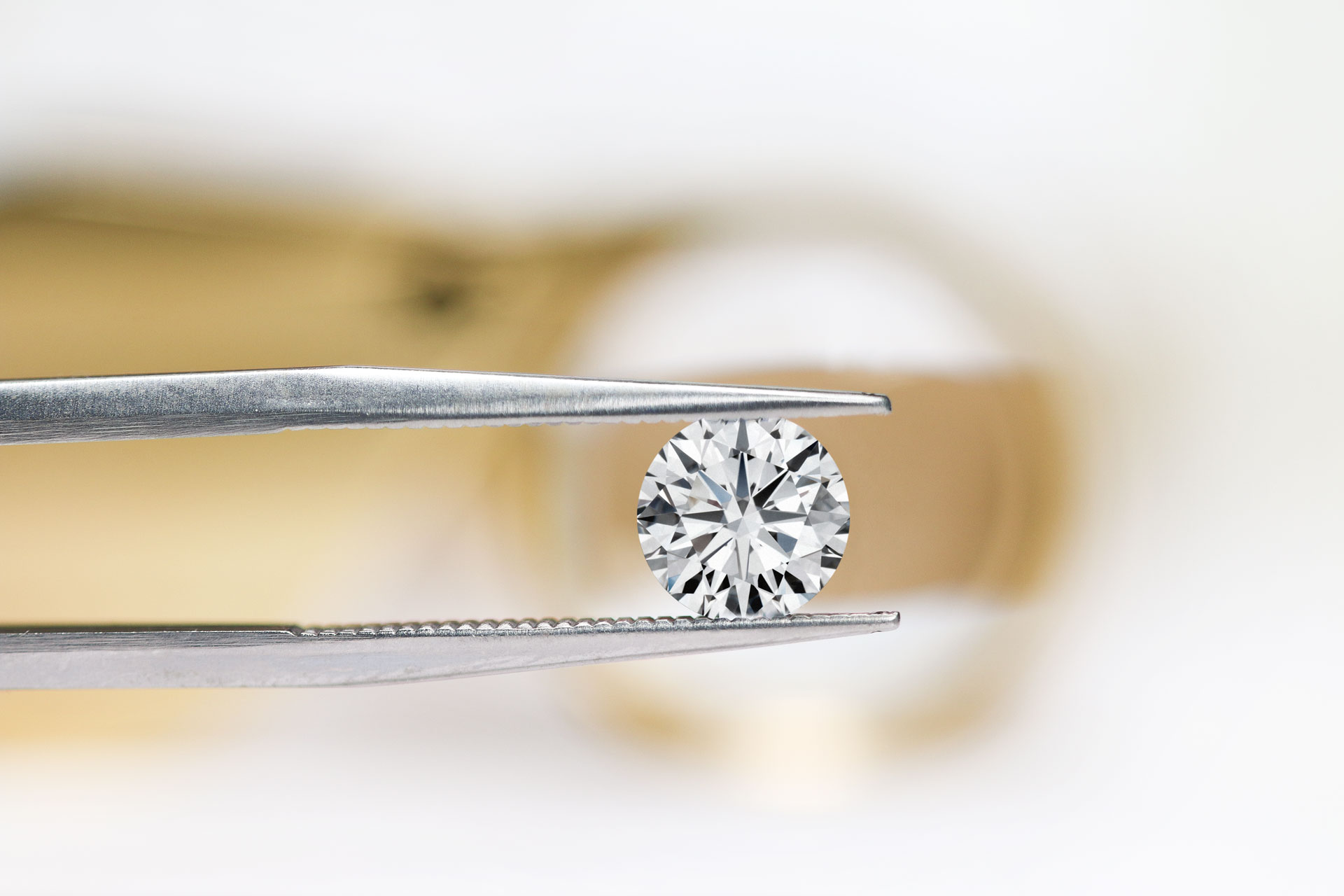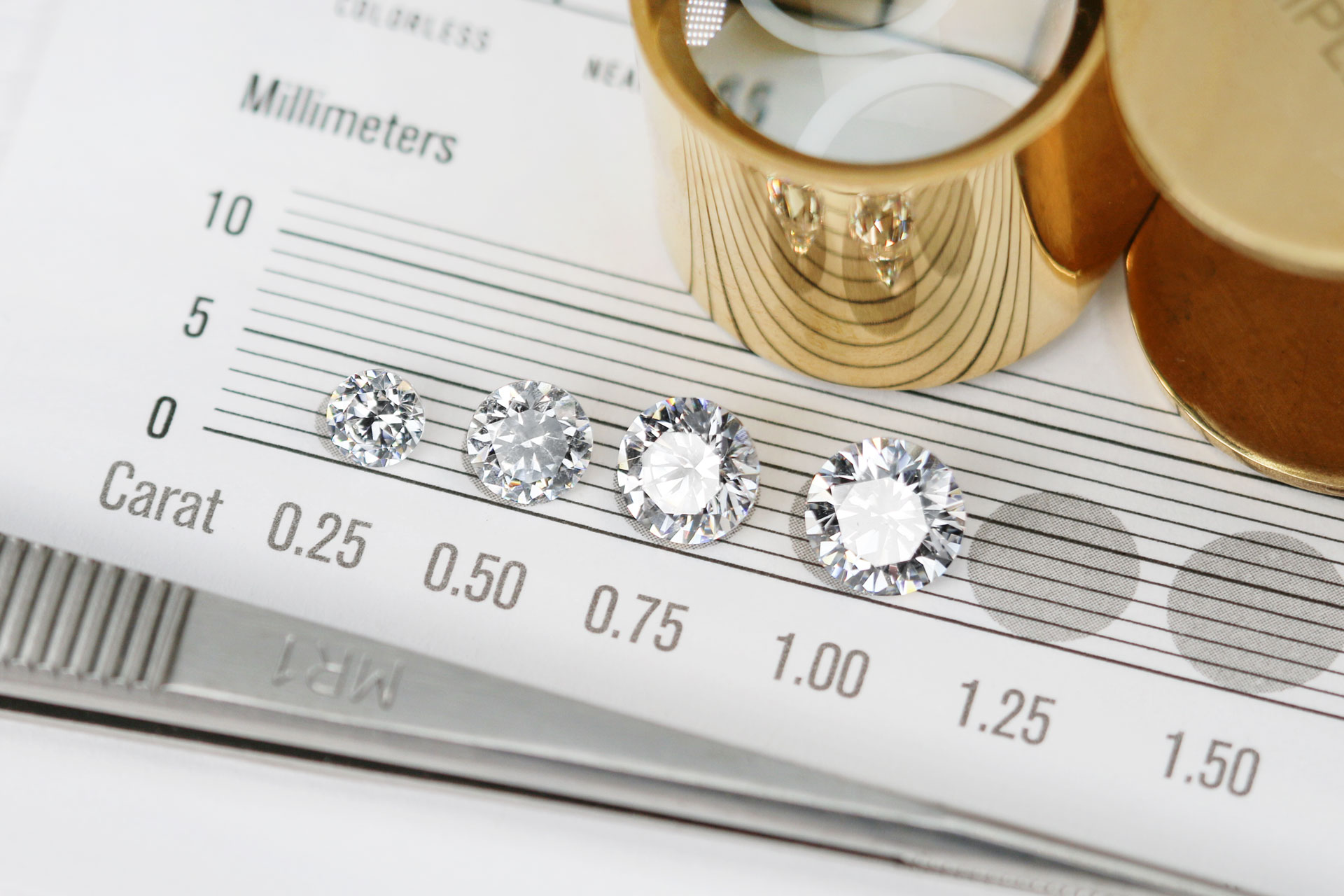DIAMOND CUT
Most jewellers and gemologists would agree when it comes to buying an engagement ring, the cut is the most important factor to consider. A diamond’s cut refers to its proportions, symmetry, and polish, all of which can affect the diamond’s brilliance, fire, and overall beauty.
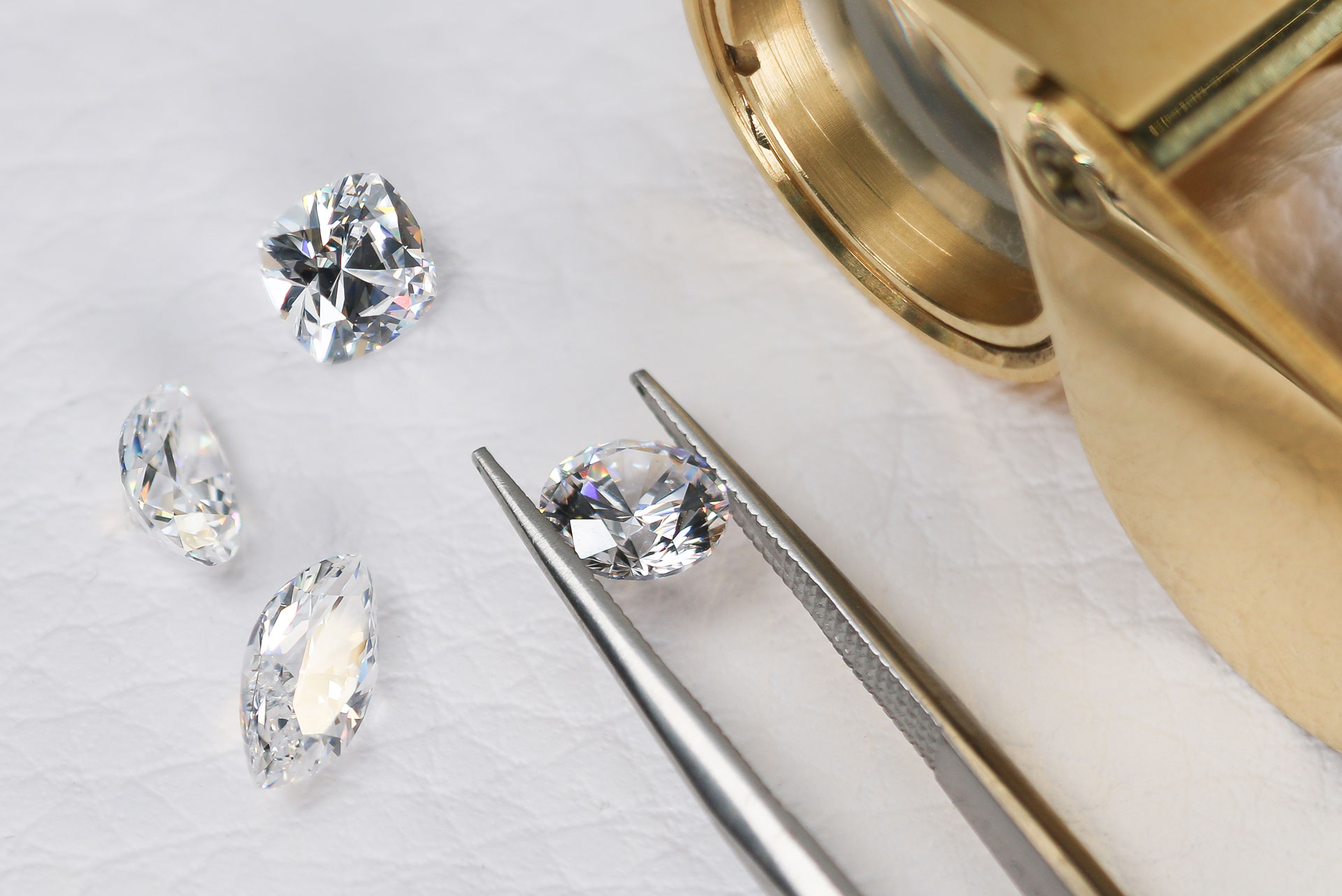
Why the cut is important
The cut of diamond may either enhance or detract from colour impurities (unwanted colour), hide, or enhance clarity (growth characteristics such as internal inclusions or exterior blemishes). The cut should retain as much carat (weight of diamond) with a suitable shape. Diamond cut should not be mistaken for diamond shape.
How is a diamond cut graded?
The GIA (Gemological Institute of America) and the IGI (International Gemological Institute) grades the cut of a diamond between excellent and poor depicting the artistry and precision behind the diamonds cut. A diamond must be cut and fashioned into the most ideal proportions possible for the stone, presenting pleasing symmetry to the eye. The grade of a diamond’s cut is seem as the most important of all the 4c’s at Joshua James we would recommend selecting a diamond that falls with the excellent to very good range. This will give you a bright sparkly diamond.
The GIA are seen as the authority in natural diamond grading, and the IGI are to Lab Formed.
Joshua James only uses GIA and/or IGI certified diamonds in our engagement rings.

Diamond Facets Defined: Understanding the Anatomy of a Diamond
The following is a basic breakdown of a diamonds facets and where they appear on the diamond:Table: The top facing flat facet
Crown: The angled facet between the table and the girdle.
Girdle: The facet that may be cut/faceted, appearing as a seam between the crown and the pavilion. The girdle may be thick or thin, depending on the quality of the cut. If the girdle is overly thick and lopsided, it will detract from the diamond’s brilliance.
Inscriptions and serial numbers are often micro laser-inscribed on the girdle. These identifying marks can be viewed under 10X magnification.
Pavillion: GIA defines the pavilion as the stone’s depth, with well-cut diamonds displaying more light through the crown (angled facet at the top).
A poorly cut pavilion will be too shallow or too deep, making the stone appear darker and showcasing less sparkle, causing the light to disappear through the bottom.
Culet: The facet at the bottom of the stone.

Diamond Characteristics
Diamonds are described as exhibiting brightness, scintillation, and fire; these characteristics are affected by the diamond’s facet placement and proportions as they relate to how well the stone is cut. Each of these describe how the light behaves inside the diamond and gives it it’s famous sparkle.Brightness: The brightness is defined as the internal and external reflection of “white light” on a polished diamond observed from the top.
Scintillation: The scintillation of a cut and polished diamond refers to the diamond’s famous icy sparkle, exhibiting a pattern of light and darkness due to the reflections of the diamond as it moves, producing its breath taking beauty that is so sought-after and revered.
Fire: The diamond’s fire refers to the colourful flashes of light the stone shows under different lighting circumstances, also known as light dispersion, or the scattering of white light, displaying a rainbow.
The diamond’s fire correlates with the refractive index of the gemstone or diamond, defined as the bending of light as it passes through the stone. Diamond measures 2.417 on the refractive index chart with an adamantine lustre.

Did you know?
The diamond refractive index is only second to moissanite, with hematite having the highest refractive index. Moissanite is a very rare, natural earth-mined stone mimicking a lot of diamond characteristics. What Comprises the Best Diamond Cut?
The best diamond cut should feature the most precise angles, proper symmetry, ideal proportions, and balance of the facets. Proportions: The proportions of a diamond refer to the relationship between its different dimensions, such as its depth, table size, and crown angle. The proportions of a diamond determine how light enters and exits the stone, and how well it reflects and refracts the light. A diamond with well-proportioned facets will have excellent light performance, maximizing its brilliance, fire, and scintillation.
Symmetry: The symmetry of a diamond refers to the precision of its cut and the alignment of its facets. A diamond with excellent symmetry will display a regular pattern of facets that reflect and refract light evenly, creating a consistent sparkle and brilliance.
Polish: The polish of a diamond refers to the smoothness and finish of its surface. A diamond with excellent polish will have a mirror-like surface free of any scratches, blemishes, or other imperfections that can affect its appearance and value. Poor polishing may cause the diamond to lose fire, sparkle, and brilliance. Poor polishing may also show polishing lines causing visible blemishes on the surface of the diamond.
Depth: The depth of a diamond refers to the distance between its top (crown) and bottom (pavilion) surfaces. The depth plays a crucial role in how light enters and exits the diamond, affecting its brilliance and fire.
Table size: The table of a diamond refers to the flat top surface of the stone. The size of the table affects the amount of light that enters and exits the diamond, and thus its overall brilliance.
Crown angle: The crown angle of a diamond refers to the angle between the crown and girdle. The crown angle can affect how light enters and exits the diamond.
Pavilion angle: The pavilion angle of a diamond refers to the angle between the pavilion and girdle. The pavilion angle can affect how light reflects and refracts within the diamond, influencing its fire and brilliance.














